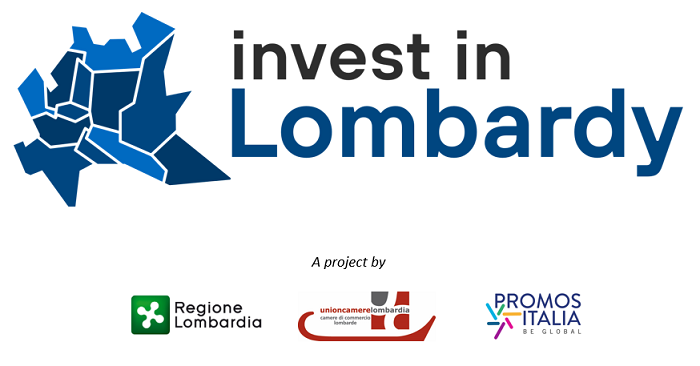Recently a new word is becoming popular among the Italian entrepreneurs, especially the ones dealing with the fashion system: re-shoring. After a long season of off-shoring in the luxury industry, often interpreted and implemented as a complete delocalization, the Italian manufacturing system is looking again to certain areas of the country as attractive. What has happened and how Lombardy can exploit and benefit from this process?
The phenomenon was analyzed and commented during an event organized by Pambianco (one of the main consulting structures dedicated to fashion and luxury in Italy) on past November 13th.
Mario Boselli, chairman of Camera Nazionale della Moda, declared that some productions are “coming back, but slowly”.
Giulia Crivelli, Fashion editor at Sole24 Ore, is not so optimistic commenting the keynote and focusing on an analysis by Moda 24 based on Hermes Lab data: “The percentage of garments produced in Italy shifted to 53% from 52%. That’s too small a change to start talking about a reversal of the trend of off-shoring that’s taken place in recent years”
Actually the trend can be interesting only for a niche, defined as the world of high fashion, where “the real high-end comes only from Italy”, as Sidney Toledano (President and CEO Christian Dior Couture) said.
David Pambianco highlighted how Italy is related with luxury in two different ways: as homeland for luxury brand and as a place where the equation luxury=quality=made in Italy is valid.
Reshoring is a trend affecting big groups more than middle corporates. Luxury groups like LVMH and Kering already own plants in Italy and rely on very specialized subsuppliers, located all over Italy, depending on traditional production clusters.
Lombardy is overall identified with Milan, capital of fashion and design, but represents a very special place not only to design and sell luxury products, but also to source and manufacture them. It is a land where craftsmanship, fashion, design and luxury are successfully combined. Fashion and design industries in Lombardy account for 26% of national production, while architecture activities contribute 12% to the national total. Concerning fashion sector, the manufacturing districts present on territory are 10 (more than 15% of the national total) and involve about 31% of the industry resources in Italy. Luxury footwear are produced in Vigevano, one of the oldest industrial districts in Lombardy.
The trend of re-shoring should be kept in evidence, supported by the strategic decisions of luxury brands and new habits, behaviours and attitudes of consumers, growing in awareness, ability to verify the origin of goods, the compliance with ethic codes and corporate social responsibility protocols.


